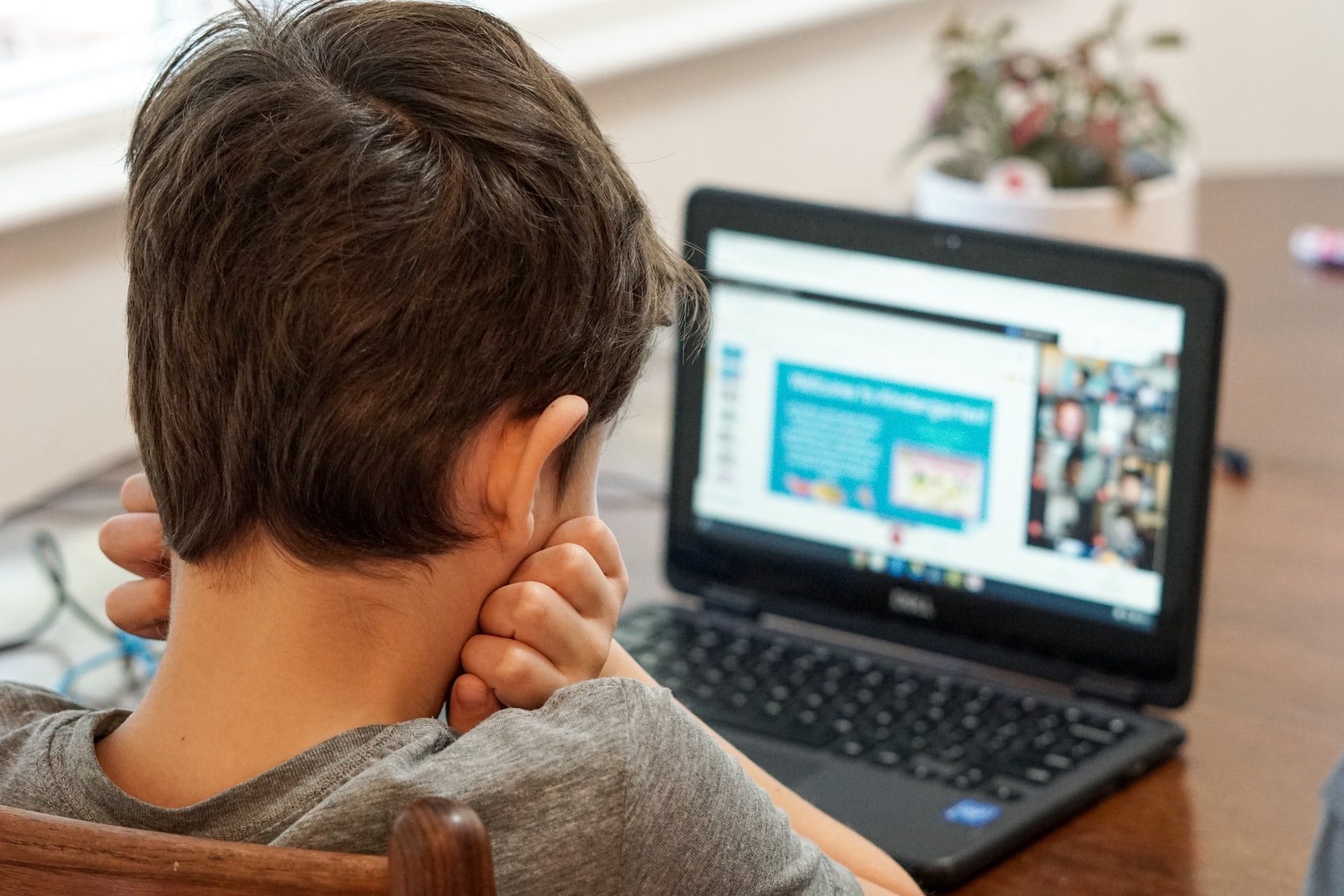How to Treat Autism

The symptoms of autism vary from person to person, as do the treatment options. There are numerous approaches to treating autism, and the course of treatment should be tailored to each individual based on their symptoms and responses to treatment. Although autism cannot be cured, the symptoms can often be managed with behavioral treatment, medication, or both. This article outlines and describes some of the current therapies for Autism Spectrum Disorder.
Applied Behavioral Analysis (ABA)
Applied behavioral analysis is often regarded as the “gold standard” in autism treatment. ABA is used to reduce undesirable or unacceptable behaviors while encouraging correct or desired actions. Historically, ABA used penalties and rewards; however, more recently, punishments have been substituted by the absence of rewards. The specific actions that are encouraged or discouraged are determined by prior observation of the patient of therapy. Many children respond well to ABA, and it can assist them in navigating school and social situations.
Early Start Denver Model (ESDM)
The Early Start Denver Model was created to assist in the treatment of autistic children from one to four years old. It is connected to Applied Behavioral Analysis and follows a similar approach, with alterations to accommodate the children undergoing treatment’s very young age. The strategy emphasizes play in engagement with therapists to foster social relationships while also improving cognitive development and language skills. It is critical that parents participate in this type of therapy and continue the teachings at home to continuously model desired behavior for young children.
Speech Therapy
Even if a child is not diagnosed with autism, he or she may benefit from speech therapy. Speech therapy can help autistic children whose speech is significantly impacted (a typical indication of autism) improve their communication skills, voice modulation, knowledge of facial expressions and body language, and more. Speech therapy improves not only verbal language skills but also nonverbal communication comprehension. Some autistic children prefer or comprehend alternate modes of communication, and they can benefit from what is known as Alternative Augmentative Communication (AAC). Sign language, communication via iPads or other technology, speech output devices, and the use of visuals to communicate are all examples of this.
Relationship Development Intervention (RDI)
Relationship Development intervention focuses on addressing some of the main symptoms of autism, focusing on developing emotional and social skills and forming connections. Emotional referencing, social coordination, declarative language, flexible thinking, relational information processing, and foresight and hindsight are the six objectives of RDI. To teach these abilities and motivate children to learn them, RDI uses step-by-step procedures. Children frequently begin by practicing strategies one-on-one with a therapist and/or parents, then progress to working with another child who has similar skills and finally joining a group.
These are only a handful of the various autism therapies accessible, not to mention the drugs available for a variety of symptoms. The modern world has a much better understanding of autism than even in the recent past, and with the correct treatment program or a mix of treatments, many autistic children succeed in their educations, careers, and social lives.






